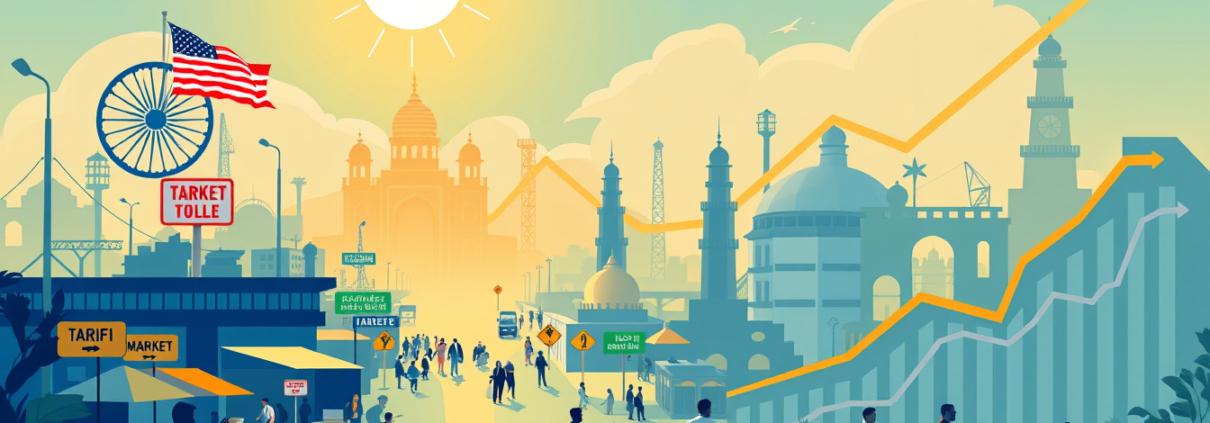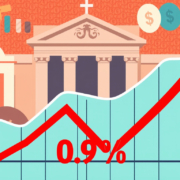Modi’s Game-Changing Tax Reforms: Fueling India’s Economy Amid U.S. Tariff Challenges
Modi Announces Tax Cuts to Boost India’s Economy Amid U.S. Tariff Pressures
New Delhi, August 18, 2025 — Indian markets rose on Monday as Prime Minister Narendra Modi announced tax cuts. Modi sets his eyes on boosting local spending. India faces rough times from rising U.S. tariffs linked to buying Russian crude oil.
Market Response and Economic Context
The Nifty 50 index climbed 1% and the BSE Sensex gained 0.84%. The Indian rupee grew stronger while the U.S. dollar slipped 0.18%.
U.S. tariffs, now set at 50% on Indian imports and a fresh 25% on Russian crude oil, will start at the end of August. Indian businesses see a spark in the tax cuts even as trade challenges build.
Details of the Tax Reforms
On August 15, 2025, Prime Minister Modi spoke on Independence Day about a new path for self-reliance and finance. He outlined a full change of the GST, moving from many taxes to two basic levels: 5% and 18%.
Before, GST rates varied widely with slabs like 12% and 28%. This new plan aims to:
• Make rules simple
• Cut tax rates on many goods
• Lessen loads for small and mid-sized businesses
• Lower taxes on must-have items
• Use technology with pre-filled returns and quicker refunds
This revamp may spark more investment in manufacturing, logistics, housing, and consumer goods, as noted by the India Brand Equity Foundation.
Impact on Key Industries: Focus on Auto Sector
The auto sector, which slowed recently, can win with these tax cuts. In 2024, passenger vehicle sales grew just 4.2%, the slowest in four years, said the Society of Indian Automobile Manufacturers.
On Monday, auto stocks jumped. Maruti Suzuki India rose 8.75% and Hyundai Motor India climbed 8.15%.
James Thom, a senior investment director at Aberdeen’s Asian equities team, told CNBC’s “Inside India,” "As the auto sector had moved slowly, this strong climb is a welcome change."
Broader Economic Outlook Amid Geopolitical Challenges
The Reserve Bank of India predicts a 6.5% growth in the economy for the 2025-2026 fiscal year. Geopolitical issues stay in play as U.S. tariffs add strain and ties with Russia weigh in.
Thom stressed that local spending is the backbone of India’s growth. He said, "The tax overhaul cuts down the load and makes processes simple, which can push the economy past the U.S. tariffs."
A Deloitte report found that domestic spending makes up 61.4% of GDP for 2024-25, and spending in cities and shifts toward luxury goods grow quickly.
Positive Consumption Trends and Inflation Control
India Ratings & Research expects personal spending to grow by 6.9% each year until March 2026, while the overall GDP should rise 6.3%. This outlook rests on:
• Low growth in real wages
• A fall in household savings
• Easier access to personal loans
• A drop in retail price increases from 4.31% in January to 1.55% in July 2025—the lowest since 2017
The calm in price rises may help keep spending on a steady course.
With Modi’s tax cuts, India tries to boost local demand and face U.S. tariff pressures head-on. The plans focus on home growth, using smart tech changes, and aiding key industries. These steps help support steady progress for India in 2025 and the years ahead.
Full money-growing playbook here: https://www.youtube.com/@the_money_grower









